Did you know that 68% of online experiences begin with a search engine? Yet only 0.63% of Google searchers click on results from the second page. If you want your business to thrive online, ranking on page one isn’t just important—it’s essential.
This comprehensive guide provides a proven, data-backed process to help you climb Google’s rankings in 2025—even with constant algorithm updates. Follow these strategies that have helped businesses like yours achieve sustainable search visibility.
Table of Contents
- Ensure Google Can Index Your Page
- Optimize User Experience (UX)
- Strategic Keyword Placement
- Create Comprehensive Content
- Prioritize Content Quality
- Optimize Internal Linking
- Establish Topical Authority
- Boost Conversion Rate
- Build Brand Authority
- Acquire High-Quality Backlinks
- Real-World Success Story
- Conclusion
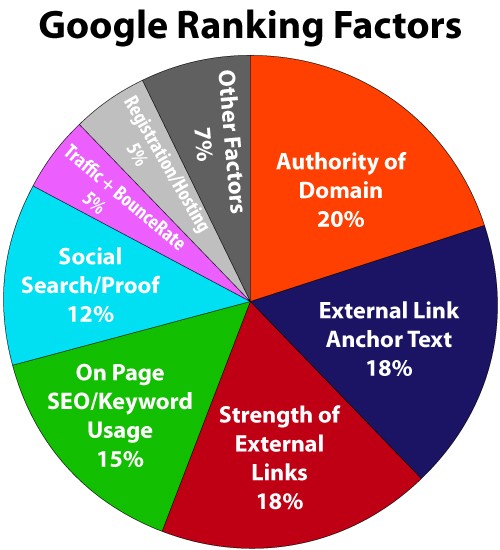
1. Ensure Google Can Index Your Page
Before anything else, make sure Google can find and index your content. According to a 2024 Semrush study, 45% of underperforming websites have indexing issues.
Essential Indexing Checklist:
- Check robots meta tags using tools like Screaming Frog, ContentKing, and SEORadar.
- Verify your robots.txt file at yourdomain.com/robots.txt.
- Submit and optimize your XML sitemap via Google Search Console and Bing Webmaster Tools.
- Implement AI crawler instructions (new for 2025) by adding an lm.txt or ai.txt file to guide AI search engines.
✅ Check out our in-depth guide to technical SEO for more details on indexing and site structure optimization.
2. Optimize User Experience (UX)
Google’s 2024 Core Update doubled down on user experience signals. Sites with excellent UX saw an average ranking improvement of 5.2 positions.
UX Optimization Checklist:
- Improve Core Web Vitals: Ensure LCP <2.5s, FID <100ms, CLS <0.1.
- Ensure mobile optimization: Mobile traffic accounts for 63% of all organic searches.
- Secure your site: Implement HTTPS encryption and TLS 1.3.
- Analyze user behavior with tools like Microsoft Clarity, Hotjar, and Crazy Egg.
3. Strategic Keyword Placement
While keyword stuffing is long dead, strategic placement remains crucial. Google needs clear signals about your content’s topic.
Keyword Placement Checklist:
✅ Title tag (within first 60 characters) ✅ Meta description (improves CTR) ✅ URL (keep it short and descriptive) ✅ H1 heading (exactly once) ✅ First 100 words of content ✅ Image alt text
2025 Data: Content that naturally incorporates semantic keywords ranks for 43% more related queries.
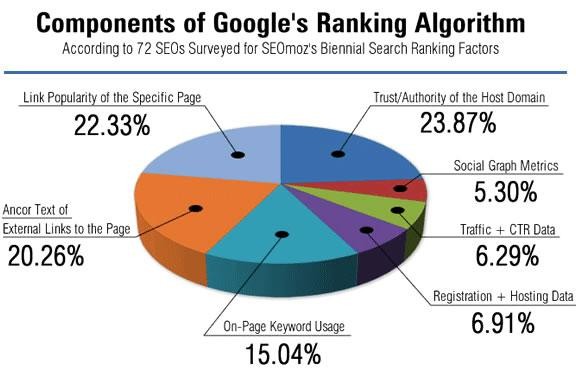
4. Create Comprehensive Content
Google heavily rewards in-depth content. The average word count for page-one results is now 1,890 words (Backlinko analysis).
Content Comprehensiveness Checklist:
- Analyze top-ranking competitors using Ahrefs, Semrush, and Frase.
- Cover every relevant subtopic, including FAQs and expert opinions.
- Use AI to enhance (not replace) content creation. AI-assisted human writing ranks highest in 2025.
✅ Explore our Content Strategy Guide to create winning content.
5. Prioritize Content Quality
Google’s Helpful Content Update made quality non-negotiable. High-quality pages rank 37% higher than thin content.
Content Quality Checklist:
- Satisfy E-E-A-T criteria (Experience, Expertise, Authoritativeness, Trustworthiness).
- Optimize readability using Hemingway Editor and Grammarly.
- Enhance with multimedia (images, videos, interactive elements).
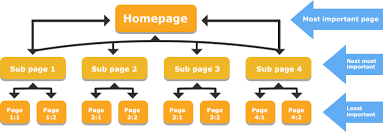
6. Optimize Internal Linking
Pages with strong internal link structures rank 25% higher than isolated pages.
Internal Linking Checklist:
- Ensure no page is more than 3 clicks from the homepage.
- Use breadcrumb navigation.
- Strategically link between pages (5-10 relevant internal links per page).
- Implement topic clusters.
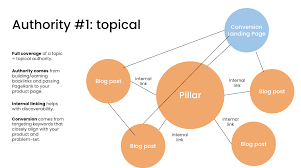
7. Establish Topical Authority
Sites with strong topical authority rank 43% higher.
Topical Authority Checklist:
- Develop comprehensive pillar pages with supporting content.
- Publish 3+ topically related blogs per month.
- Demonstrate expertise through guest posts, speaking engagements, and original research.
✅ Learn how to build topical authority with our SEO Authority Guide.
8. Boost Conversion Rate
Google tracks user satisfaction, and pages that convert well rank higher.
Conversion Optimization Checklist:
- Optimize above-the-fold content (clear CTA in the first 5 seconds).
- Use authentic visuals (real images, not stock photos).
- Implement trust signals (certifications, case studies, reviews).
- Optimize mobile conversions (auto-fill, large buttons, minimal form fields).
9. Build Brand Authority
Brand signals are increasingly important ranking factors. Sites with strong brand presence see a 37% conversion increase.
Brand Authority Checklist:
- Monitor branded search volume using Google Trends and Ahrefs.
- Increase brand visibility through social media, PR, and partnerships.
- Manage online reputation by actively responding to reviews.
10. Acquire High-Quality Backlinks
Despite all algorithm changes, backlinks remain among the top 3 ranking factors.
Backlink Acquisition Checklist:
- Audit your backlink profile using Ahrefs, Moz, and SEMrush.
- Implement link-building strategies such as guest posting, HARO outreach, and digital PR campaigns.
- Leverage original research and data-driven content to earn natural backlinks.
✅ Check out our guide on Earning High-Quality Backlinks.
2025’s most effective approaches:
1. Original research and data
- Create industry surveys, benchmark reports, or case studies
- Generate linkable assets with unique insights
- Promote to industry publications and influencers
2. Strategic guest posting
- Target sites with Domain Rating (DR) 50+
- Focus on relevance over volume
- Include case studies and original insights
3. Digital PR campaigns
- Newsjacking (responding to industry trends)
- Creating newsworthy content (studies, surveys)
- Building relationships with journalists
4. Resource link building
- Create comprehensive guides and resources
- Reach out to sites that link to similar resources
- Offer genuine value, not just a link exchange
5. Broken link building
- Find broken links on authority sites
- Create replacement content
- Offer your content as a solution
Real data: A consistent link building campaign targeting 5-10 quality links per month resulted in a 43% increase in organic traffic over 6 months for B2B companies.
Real-World Success Story
Client: Regional HVAC company in Denver, Colorado
Challenge: Ranking for competitive terms like “furnace repair Denver” and “AC installation Colorado”
Strategy implemented:
- Created comprehensive service pages optimized for local keywords
- Developed topic clusters around heating, cooling, and maintenance
- Optimized Google Business Profile with consistent NAP citations
- Built local backlinks through community sponsorships
- Generated customer reviews (increased from 37 to 215)
- Published bi-weekly blog content addressing seasonal HVAC concerns
Results after 6 months:
- Organic traffic increased by 187%
- #1 position for 7 high-value keywords
- Page 1 rankings for 43 service-related terms
- Leads from organic search up 213%
- Cost per acquisition down 47%
Frequently Asked Questions (FAQ)
1. What is SEO in 2025?
SEO in 2025 focuses on AI-driven search algorithms, user experience, and high-quality content to improve rankings and visibility.
2. Why is SEO still important?
SEO remains crucial because it drives organic traffic, enhances credibility, and improves user experience, leading to higher conversions.
3. How can I optimize for AI-driven search?
To optimize for AI-driven search, focus on intent-based content, structured data, and improving user engagement metrics.
4. What are common SEO mistakes to avoid?
Common mistakes include keyword stuffing, ignoring mobile optimization, slow page speed, and lack of high-quality backlinks.
5. Where can I learn more about SEO trends?
Stay updated by following Google Search Central, SEO blogs like Moz and Search Engine Journal, and industry conferences like SMX and BrightonSEO.
Conclusion
Ranking #1 on Google in 2025 requires a comprehensive approach. While the fundamentals remain consistent, the sophistication required continues to increase. Focus on creating helpful content for real users, optimizing technical elements, and building authority through quality backlinks.
Remember that SEO is a long-term investment. The average top-ranking page is 2-3 years old. Stay consistent, track your results, and adjust your strategy based on performance data.
The SEO landscape in 2025 demands a strategic, user-focused approach. By implementing these data-backed tactics, you can achieve sustainable top rankings on Google.
Want to stay ahead? Subscribe to my SEO newsletter for the latest updates!
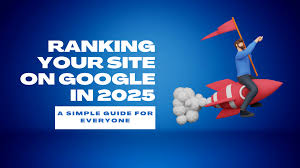
Leave a Reply